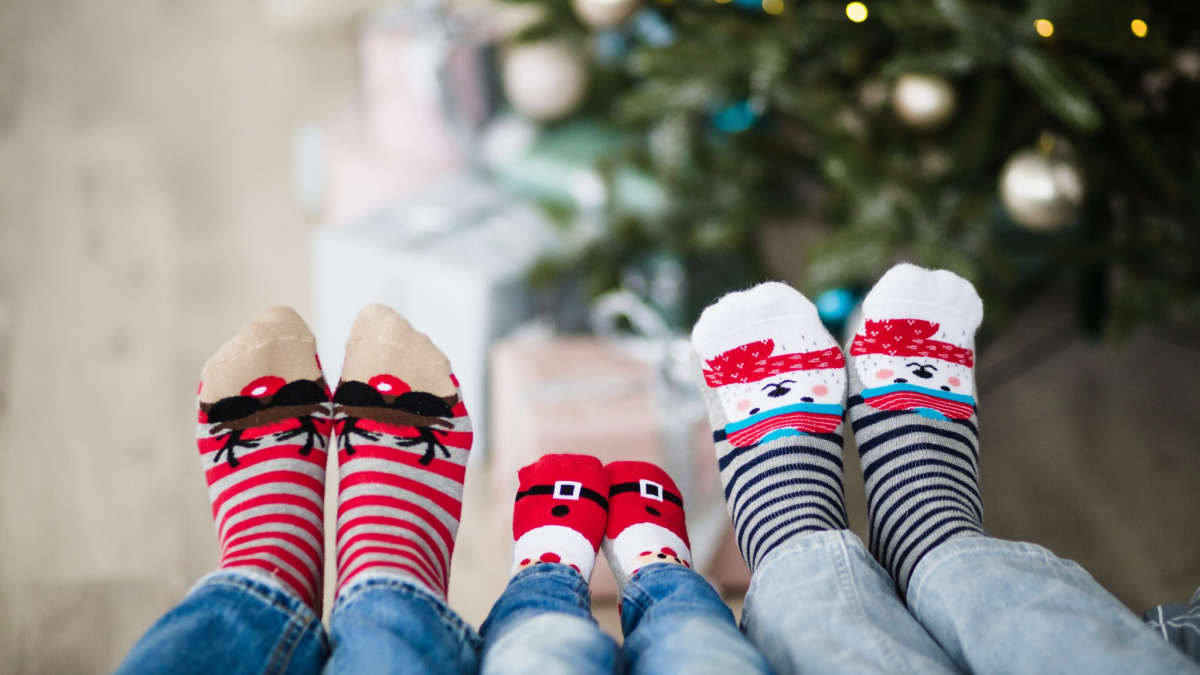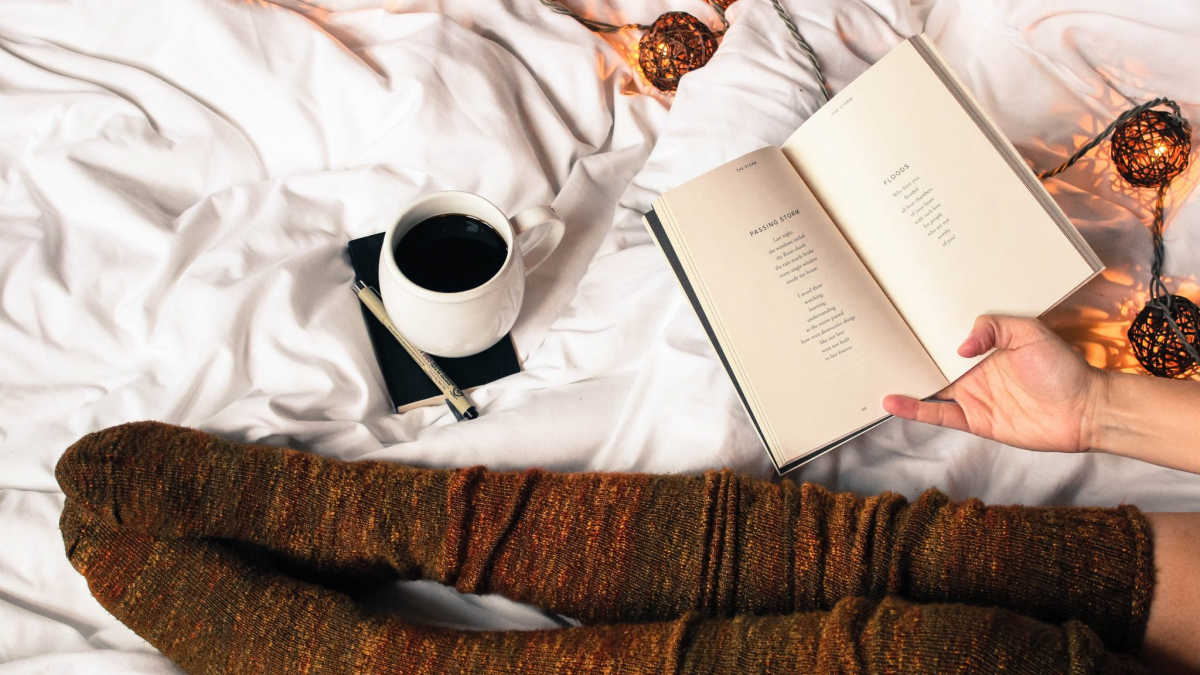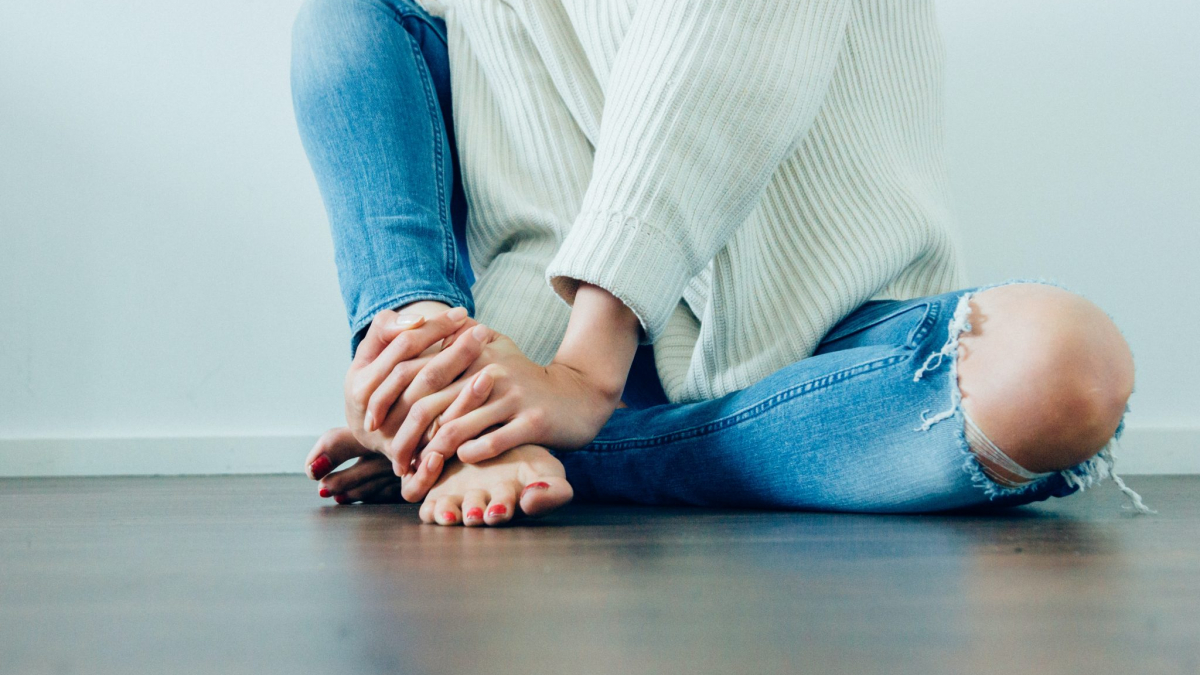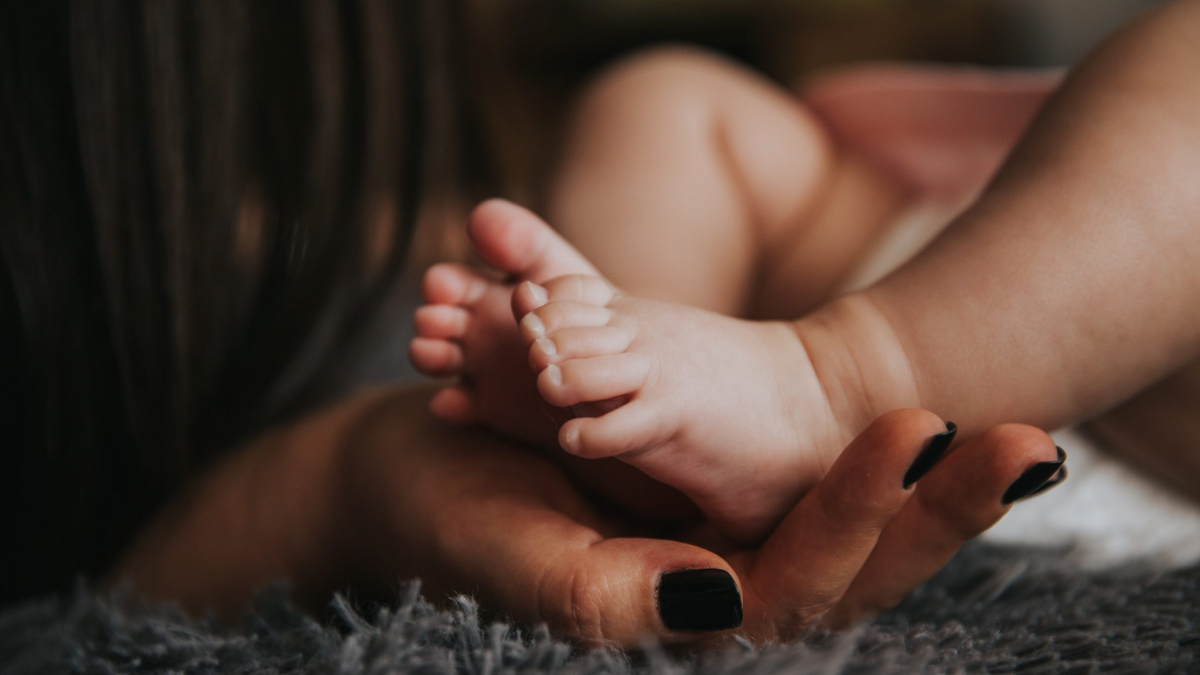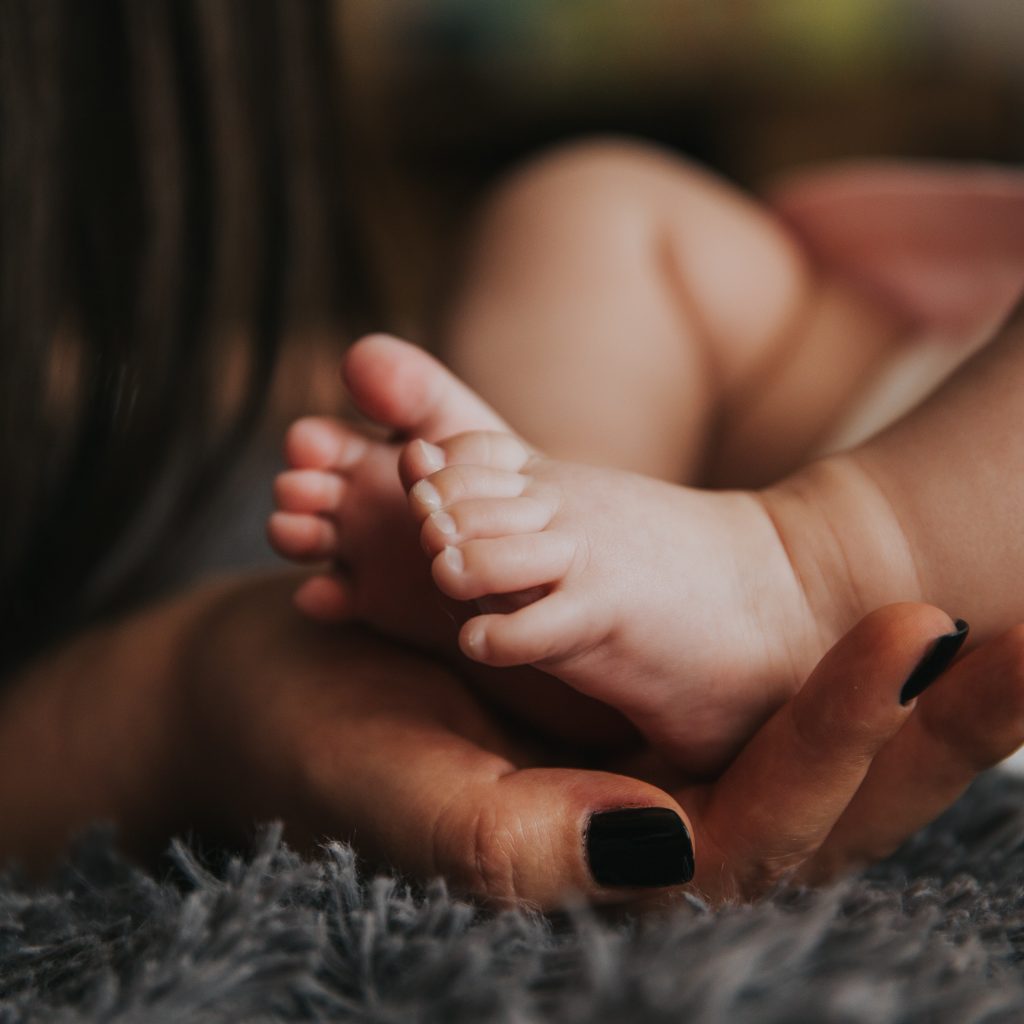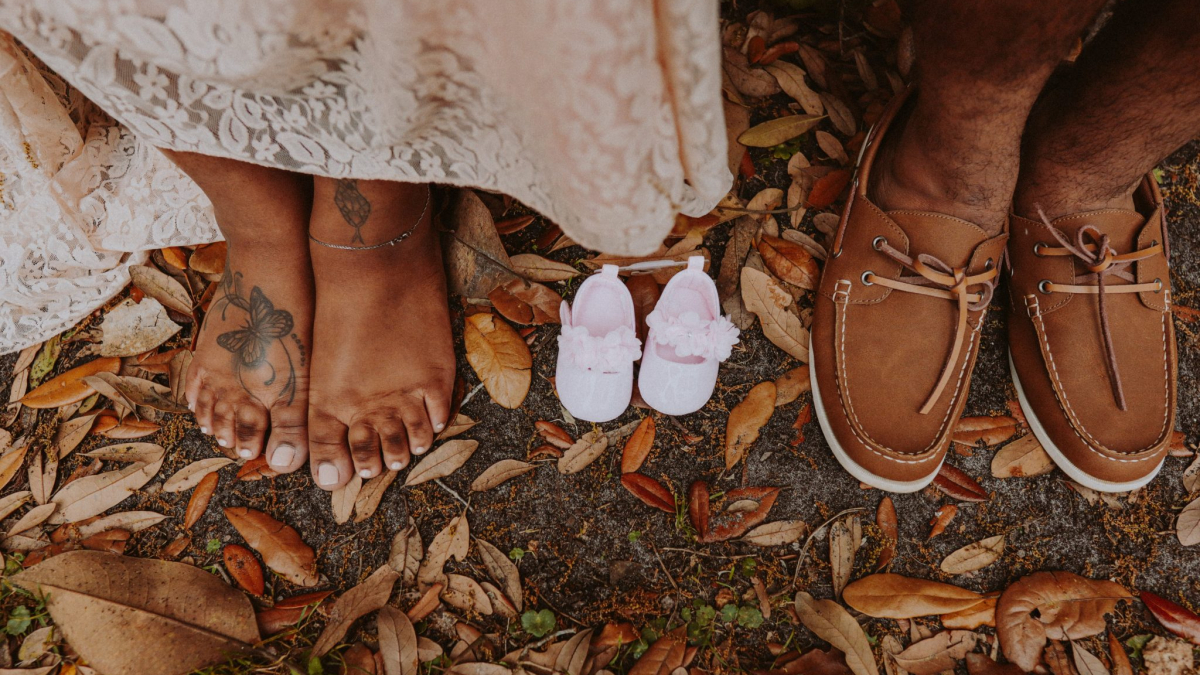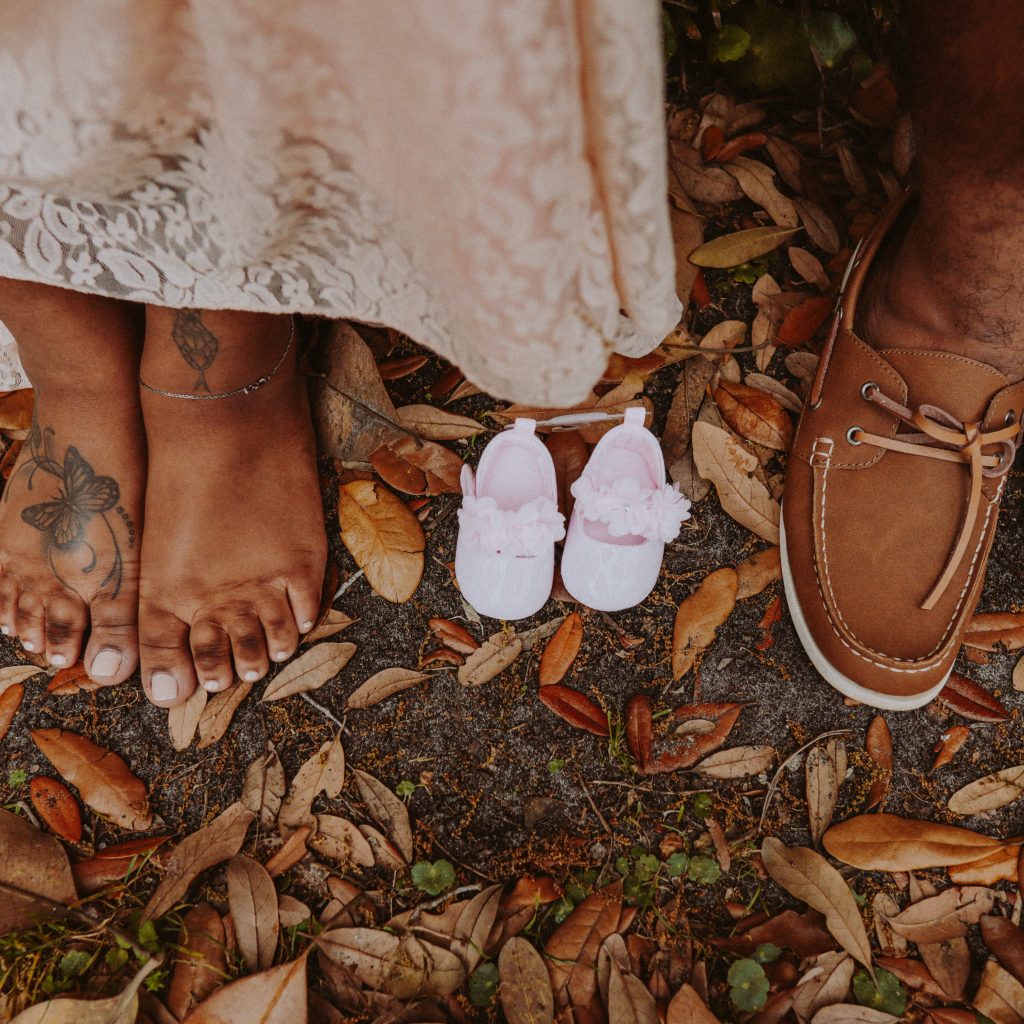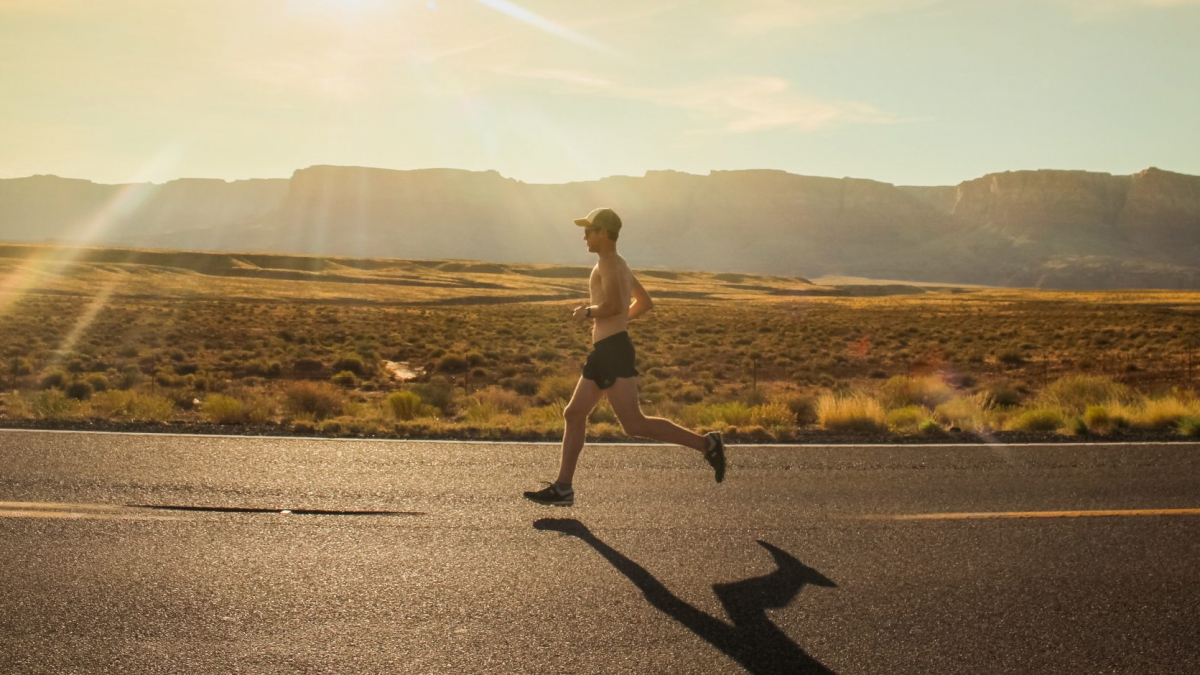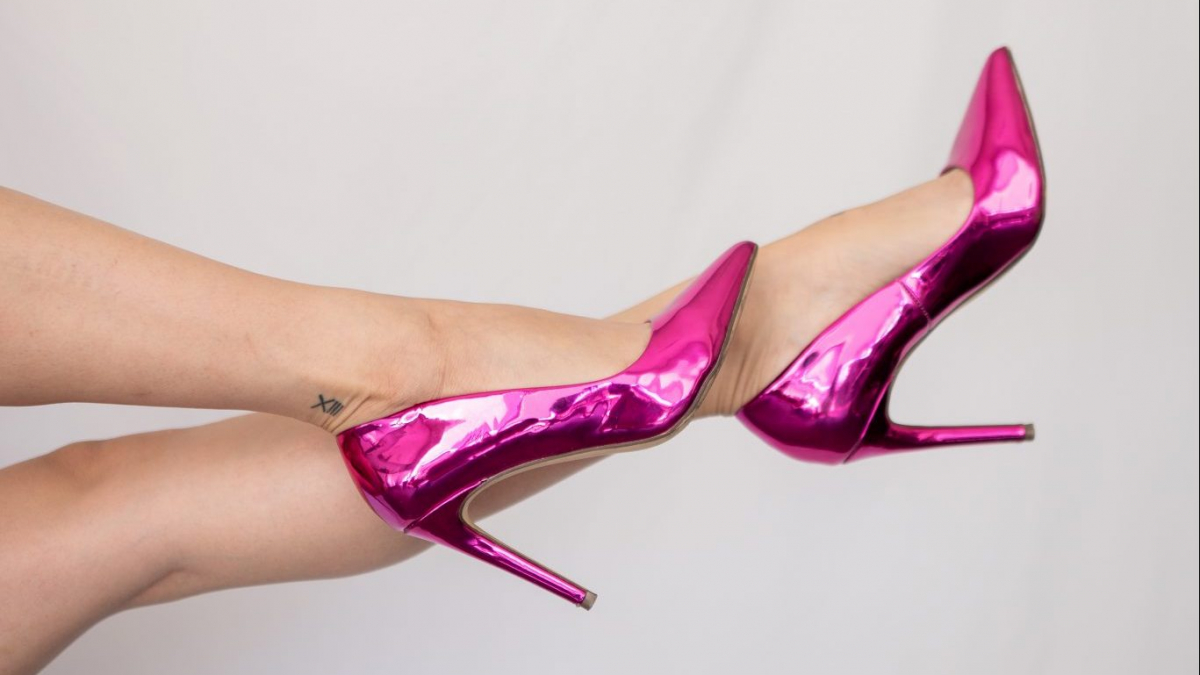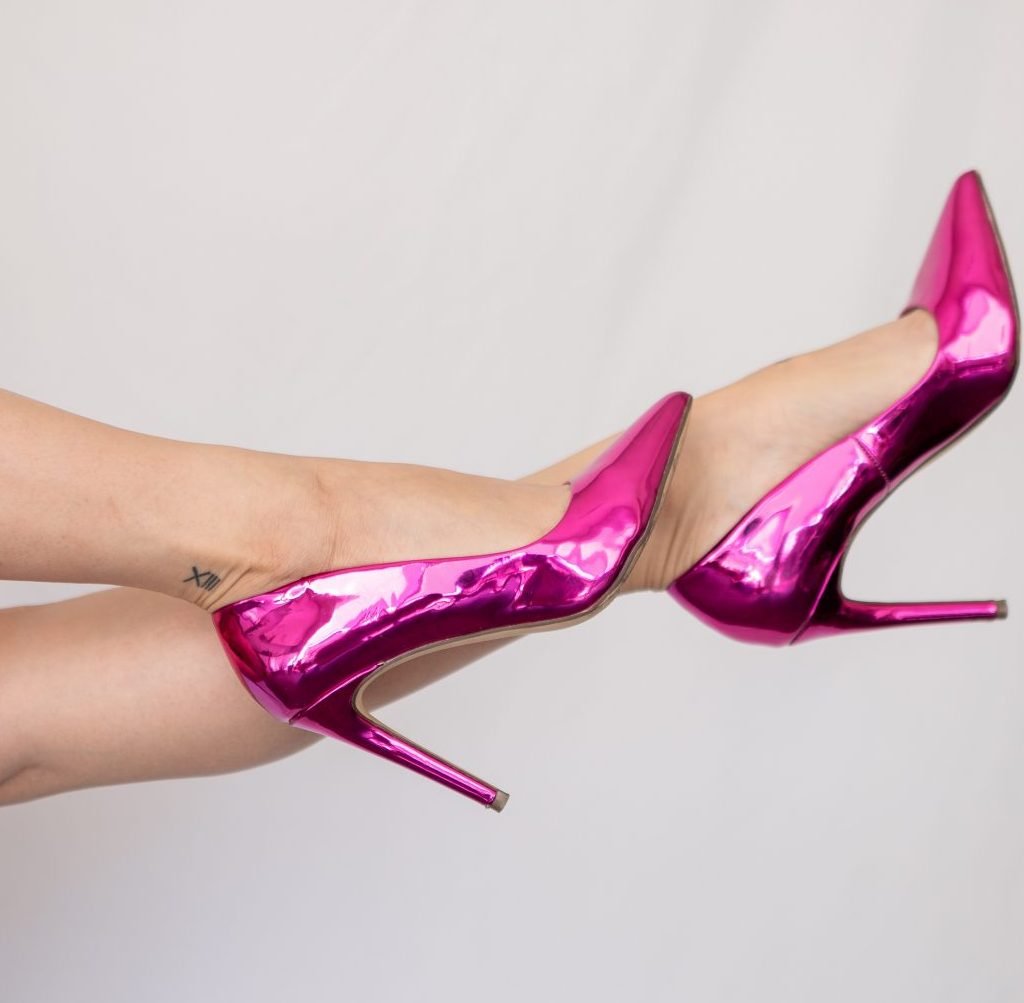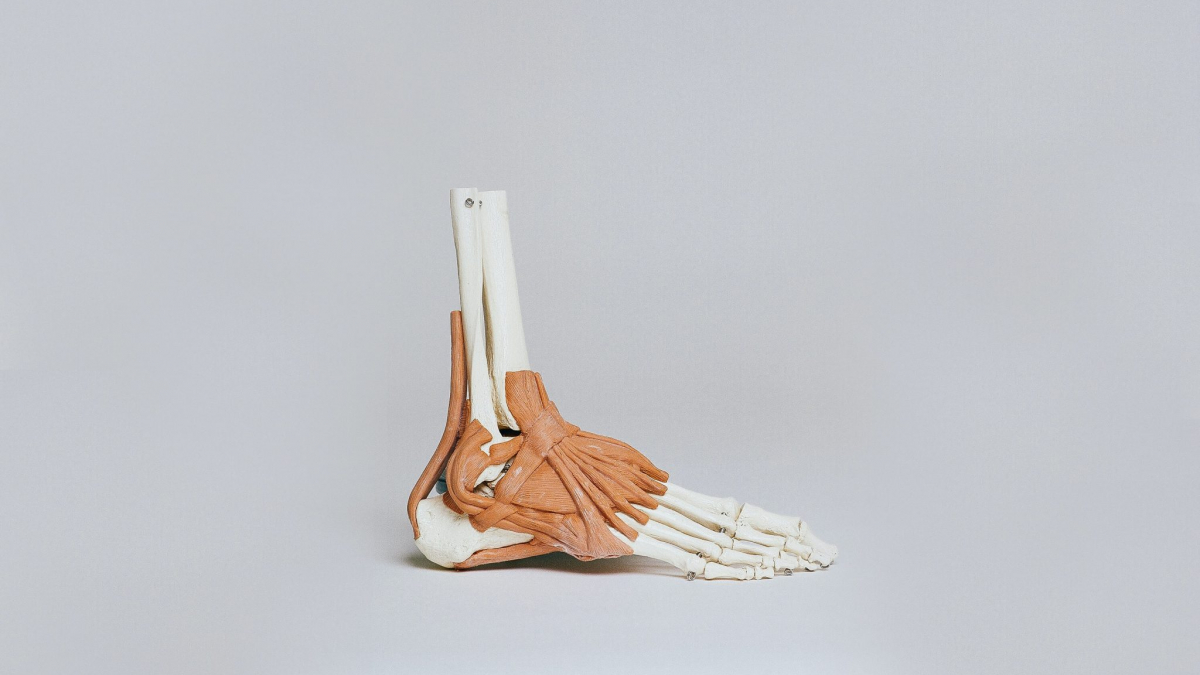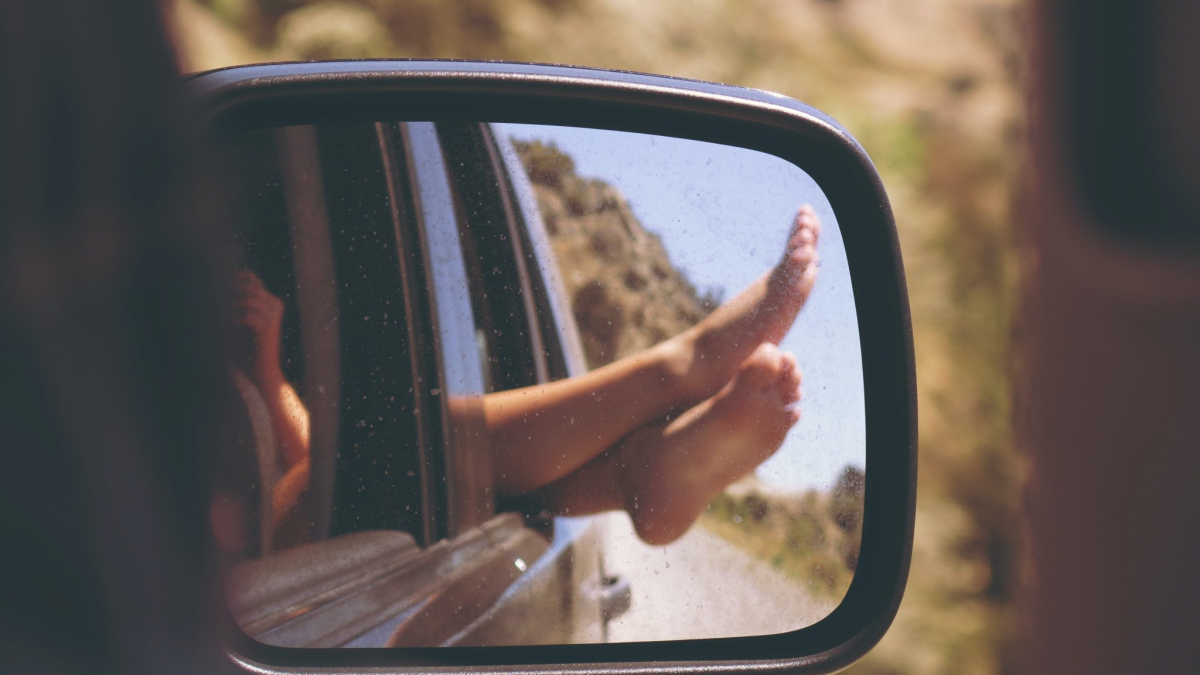Our feet aren’t something we tend to give much thought to on a day to day basis, that is, until we find ourselves with problems or dealing with pain – then we struggle to stop thinking about it as it disrupts our daily life. A foot health check is a perfect way to keep your feet healthy and happy this winter and beyond. But why are maintenance appointments worth their while, even if your feet feel fine?
In today’s post, we’ll be sharing 3 reasons why you should get a foot health check this winter.
1. Get a regular foot health check to spot any issues early on
Your podiatrist will easily be able to spot any issues with your feet, most likely long before you even notice yourself. From verrucas and corns, to ingrown toenails and even issues with your bones – podiatrists are highly trained to identify those tiny telltale signs. We always get told that prevention is better than the cure, and that’s certainly no different when it comes to getting a regular foot health check, either.
2. Get a regular foot health check to ensure your nails and toes remain healthy
One of the biggest issues that patients come to our clinic with is ingrown toenails. They can be extremely painful, but, they’re so easy to prevent. Some ingrown toenails can happen as the result of ill-fitting footwear, but the majority of cases we see personally have been caused due to a bad technique when cutting the nails. Visiting your chiropodist regularly ensures that your toenails (and toes) can maintain their health and properly cut and cared for. Plus, you don’t have to struggle to reach if you have mobility problems.
3. Get a regular foot health check to maintain your foot health whilst having a little self-care
A lot of the time, we think of self-care as extravagant gestures to ourself, like luxurious spa days or treating ourself to a bubble bath and a glass of wine. But self-care also includes the little acts of care you take to ensure your body is well looked after. Just as we go for regular reviews with our GP or check ups with our dentist, we should also view out foot health checks in the same way. They’re vital to ensure that our feet remain as healthy as possible. After all, we rely on our feet a lot, so it’s important to take good care of them.
Did you know?
We offer gift vouchers! View our list of services here and pick the perfect option. Don’t see what you’re looking for? Please get in touch and we’ll be more than happy to help you.
How do I purchase a voucher?
Buying your voucher is really easy – simply call our clinic on 01226 759 660 where Alex will be happy to assist you. Alternatively, please email us at info@carmenhancockchiropody and let us know your requirements.
Feature image by Freepik

